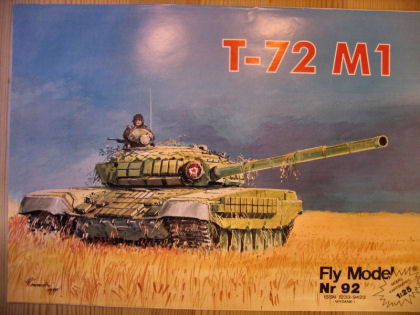

| Publisher | FlyModel | The T72 from FlyModel looks like a nice kit.Print is good,even for an old kit like this. It seems the kit is from 1997,so it's computer enhanced.The model is medium hard to build,with only exterior to worry about. The model is very well detailed, and should be a lot of fun to build. Extras for this model are wheels,and it saves a lot of work... |
||
| Designer | Piotr Mazurek | |||
| Scale | 1:25 | |||
| Size | N/A | |||
| Parts | A few hundreds.... | |||
| Pages | 13 | |||
| Format | A3 | |||
| GMI | 5. Medium-Hard | |||
| Pages of written instructions in Polish | 1 |
| Pages with parts | 10 |
| Pages with drawings | 4 |
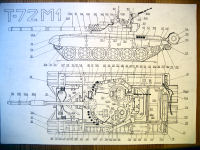 |
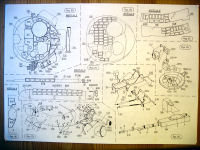 |
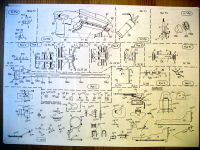 |
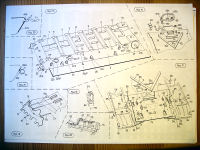 |
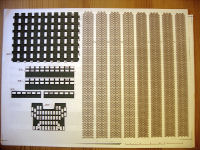 |
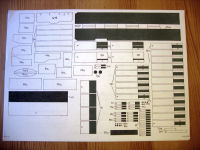 |
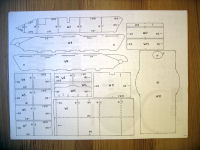 |
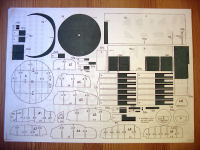 |
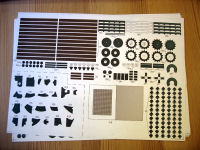 |
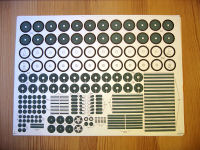 |
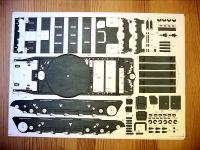 |
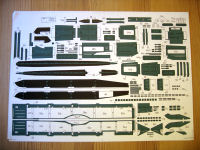 |
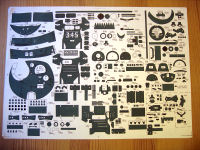 |
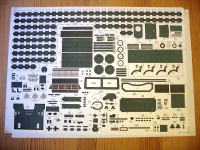 |
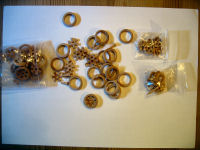 |
Wheels from Gomix are available. |
The T-72 is a Soviet-designed main battle tank that entered production in 1971. It is a further development of the T-62[2] with some features of the T-64A (to which it was a parallel design) and has been further developed as the T-90. Chronologically, and in design terms, it belongs to the same generation of tanks as the US M60 Patton, German Leopard 1, and British Chieftain tank. More recently, its reputation has suffered following poor combat performance of older, export-model T-72s against modern M1 Abrams and Challenger 1 tanks during the Persian Gulf wars. The T-72 was the most common tank used by the Soviet Army from the 1970s to the collapse of the Soviet Union. It was also exported to other Warsaw Pact countries, as well as Finland, India, Iran, Iraq, Syria and Yugoslavia, as well as being copied elsewhere, both with and without licenses. The T-72 is designed to cross rivers up to 5 m (16 ft) deep submerged using a small diameter snorkel assembled on-site. Because the hull is not water-tight, the crew is individually supplied with a simplistic rebreather chest-pack apparatus for survival. If the engine stops underwater, it must be restarted within six seconds, or the T-72's engine compartment becomes flooded due to pressure loss. The snorkelling procedure is considered dangerous but is important for maintaining operational mobility. |
| Weight | 41.5 tonne |
| Length | 9.53m |
| Width | 3.59 meters |
| Height | 2.23 meters |
| Crew | 3 |
| Armor | 500 mm (20 in) of 3rd generation composite armour consisting of high hardness steel, tungsten, and plastic filler with ceramic component |
| Primary armament | 125mm 2A46M smoothbore gun |
| Secondary armament | 7.62mm PKT coax machine gun, 12.7mm NSVT antiaircraft machine gun |
| Engine | V-12 diesel 780 hp (582 kw) |
| Power/weight | 18.8 hp/tonne |
| Suspension | torsion bar |
| Operational range | 460 km (290 mi), 700 km (430 mi) with fuel drums |
| Speed | 60km/h |
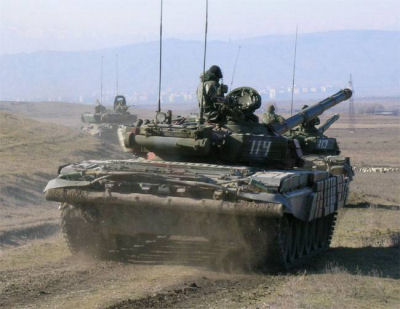 |
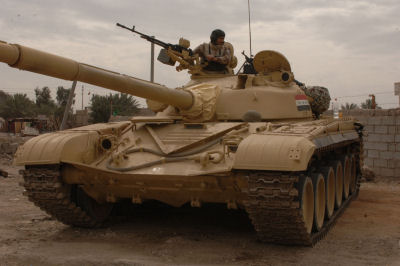 |
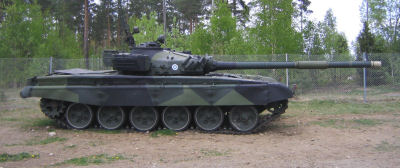 |
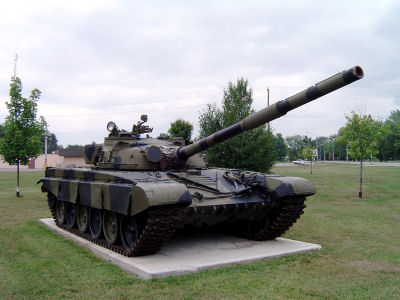 |
Photos and info from Wikipedia